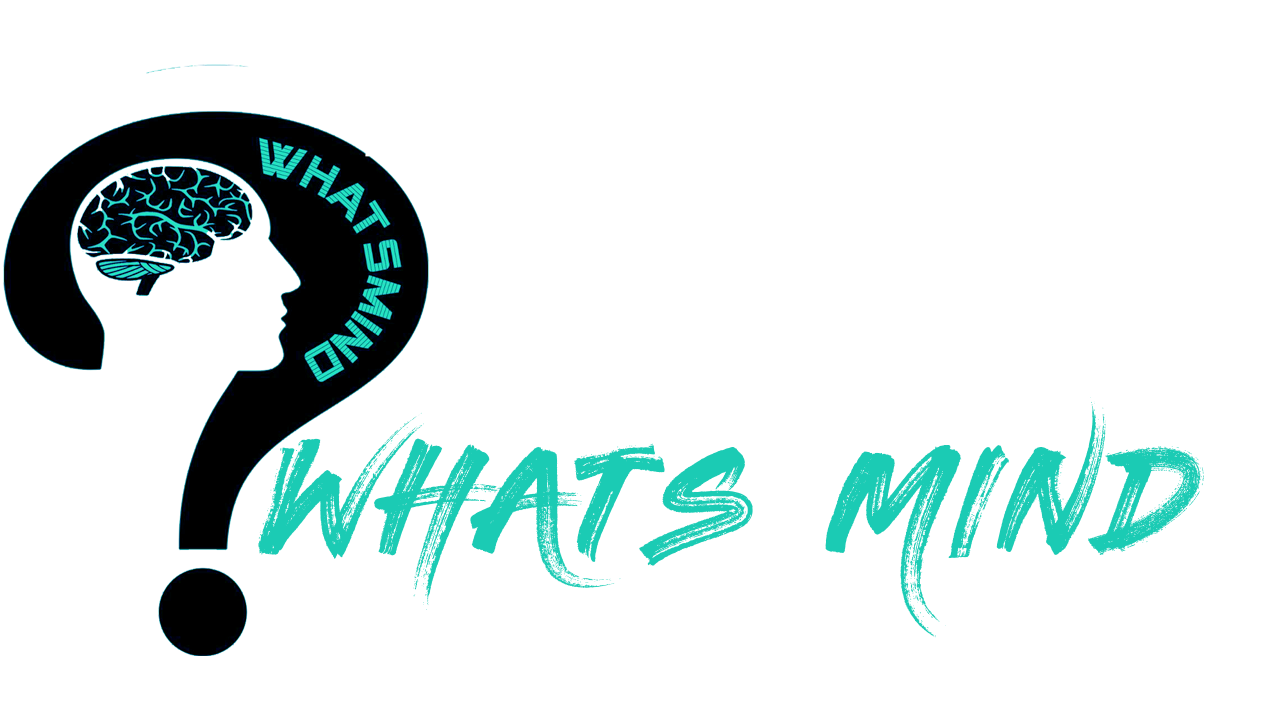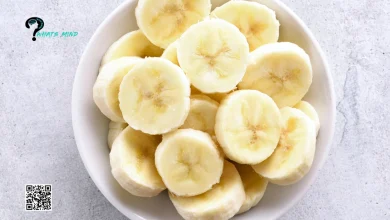How to Combine Probiotics and Prebiotics for Best Results?
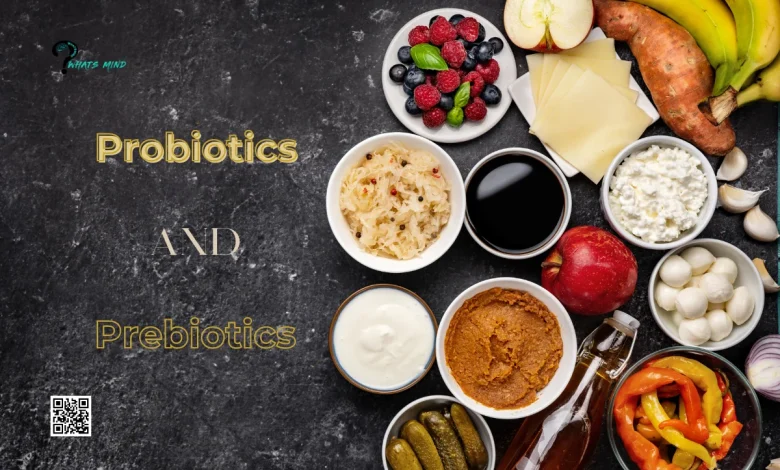
Your microbiome is associated with overall well-being, isn’t it?’ People have become attuned to how their gut works to get more understanding of its impact on other organs and their well-being. To regulate the gut system, two terms are used simultaneously, probiotics and prebiotics and have a profound impact.
Both terms aren’t the same but different in both nature and functioning, probiotics are gut bacteria that are loaded with health benefits and can be taken either via food or supplements, while prebiotics are the food of such bacteria as these aren’t carbs but indigestible parts such as fiber and a feast for our gut bacteria aka probiotics to thrive.
If you plan to incorporate the synergistic use of both, you must be fully aware of its fundamental effect on the body.
In this guide, we will delve deeper into probiotics and prebiotics, their benefits, where we can find both, potential drawbacks, and how the synergistic use results.
Table of Contents
What Are Probiotics And Prebiotics?
How to heal your microbiome with probiotics and prebiotics? Both work complementary to induce better digestion, where probiotics are good bacteria living inside the gut, which break down food and ultimately digest it by facilitating gut health. These gut-friendly bacteria improve immunity and regulate hormones.
Probiotics produce neurotransmitters like GABA, serotonin, and dopamine which regulate mood and also regulate the production of insulin and leptin.
While comparatively prebiotics are indigestible fiber probiotics feed on it. From where you can have them? Consume plant-based food such as fruits, vegetables, and the ones rich in fiber. The oligosaccharides, insulin, and galactooligosaccharide promote the thriving of probiotics, and remember while choosing the prebiotics that, “All prebiotics are fiber, but not all fiber is prebiotic.”
The combination of both supports gut healthy microbiome which includes trillions of bacteria within the gut system and improves functioning. Both work simultaneously, as prebiotics are food and without them, probiotics will starve and make you prone to a worse immune system, constipation, and leaky gut. Both are equally important, without prebiotics, probiotics would be of no use.
Best Food Sources of Probiotics And Prebiotics
Probiotics are usually found in abundant quantities in fermented food products while prebiotics are fibers. Here we will uncover all the essential food sources of probiotics and prebiotics in detail.
Which Foods Are Rich In Probiotics?
Probiotics-rich foods include:
Tempeh: It’s fermented soybean and abundantly contains plant-based protein and probiotics.
Sauerkraut: Cabbage undergoes fermentation and produces a rich amount of probiotics, it’s recommended that you consume it fresh as these are nutrient-dense.
Kefir: It is a cultured product extracted from a cow’s mill, and to waive off the negative impact of dairy ingredients if you are lactose intolerant, go for either coconut or water-based types.
Kimchi: It’s also prepared by fermenting cabbage and other vegetables and is loaded with probiotics.
Natto: It’s also made by fermenting soybeans and has a different flavor and texture which abundantly contains probiotics.
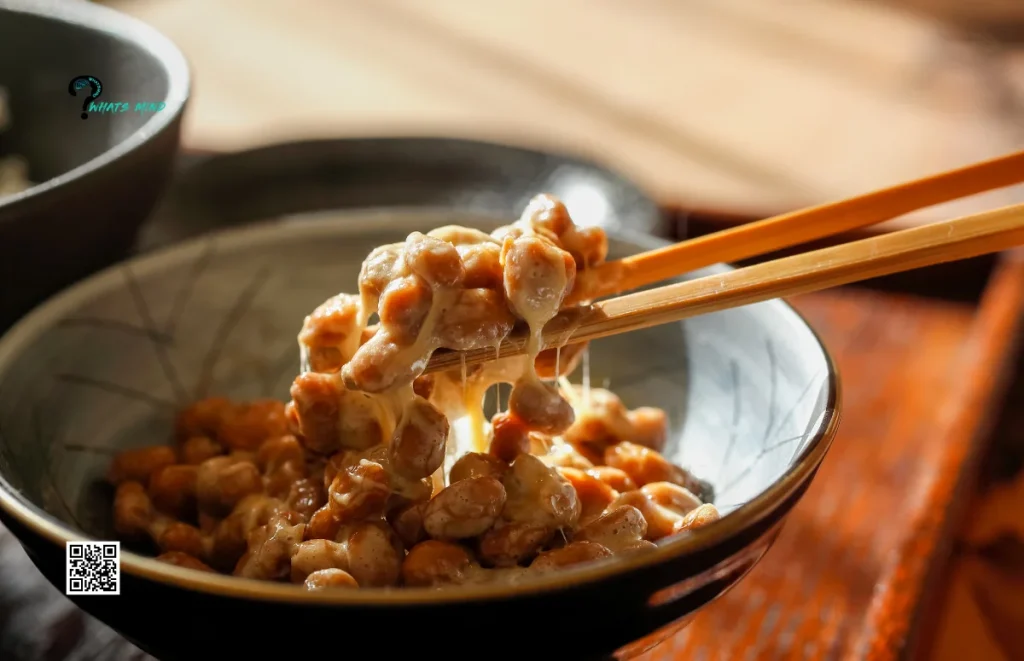
Yogurt: It’s rich in gut bacteria which are probiotics but avoid having uts sweetened versions which can worsen your gut health.
Miso: It’s a staple ingredient in Japanese cuisine and is popularly used as a flavoring in various dishes and acts as a base in soups. Although it contains probiotics it also contains sodium so beware of excessive use.
Pickled Veggies: There are several veggies like cucumbers, onions, and carrots that are pickled and give us probiotics Nuts are only essential when unpasteurized. These are also loaded with sodium so if we don’t consume them in moderation, they will become injurious to health.
It’s recommended that you consume a varied variety of probiotic-rich foods to get maximized benefits. Cooking might kill probiotics but still have promising benefits.
Which Foods Are Rich In Prebiotics?
Prebiotics include dietary fibers on which probiotics feast and can be found in these foods:
Chicory Root: It constitutes 65% fiber and the root is chicory, while endive is its leafy part. It is abundantly used as a replacement for coffee because of its dark and deep flavor when roasted.
Acacia Gum: It’s the most potent probiotic as its 85% composition is fiber also known as acacia fiber. It is usually dissolved in water and consumed but sometimes it’s taken in the form of a supplement.
Onions: These also contain abundant amounts of prebiotics in both ways either raw or cooked.
Garlic: It contains fructooligosaccharides and inulin both are prebiotics and loaded with health benefits.
Jicama: This root vegetable also contains inulin and is commonly called Mexican turnip or Mexican yam bean.
Jerusalem Artichokes: Another tuber containing inulin can be consumed raw, cooked, or powdered form of this prebiotic.
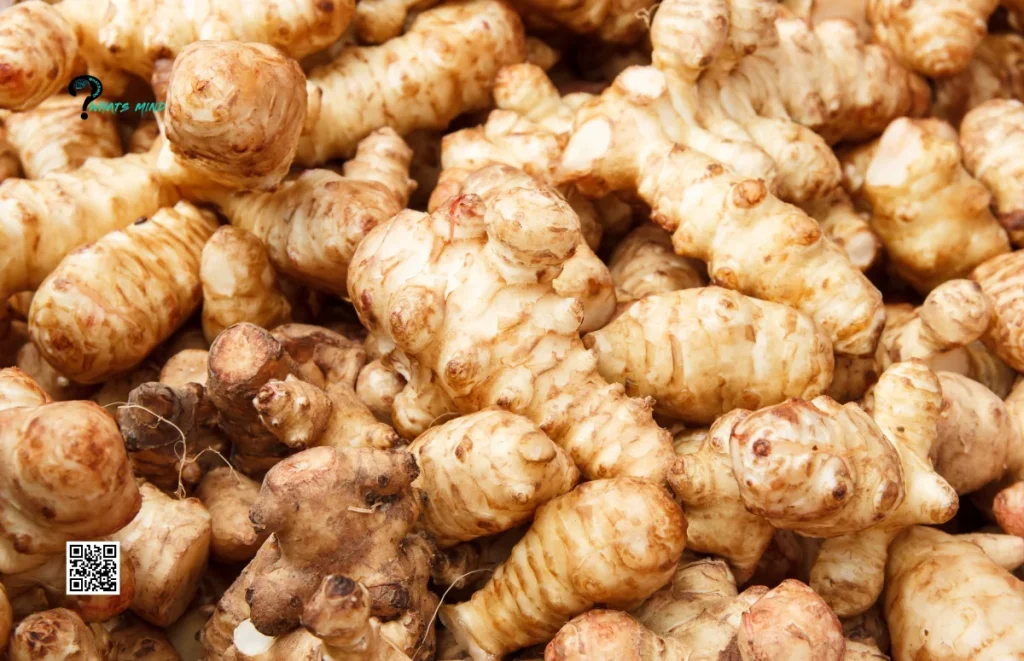
Dandelion Green: These greens include 25% prebiotic content and can be consumed either in salads or sautéed to be used in dishes.
Legumes: These aren’t only protein-rich but also contain significant amounts of prebiotics.
Bananas: These help in soothing the gut system and reduce bloating but the underripe bananas are recommended.
Consume vegetables rich in prebiotics raw as these are enriched with fiber but if some vegetables like asparagus are too tough then slightly saute it or ferment it for easy consumption.
How To Combine Probiotics And Prebiotics For Maximised Results?
It’s still a question boggling everyone’s mind whether you can consume probiotics and prebiotics at once. Yes, you can, but it’s recommended that you intake varied ingredients which give increased benefits.
The synergistic use of both these components is called synbiotics which was originally used for supplements but are now used for food as well.
To get synbiotic eating, combine probiotics and prebiotics in the diet, like:
- Jerusalem artichokes with Miso, where the former one is rich in inulin while the latter is loaded with probiotics.
- Beans and pickled veggies synergistically impart exceptional benefits.
- Sauerkraut-pickled cabbage along with raw onions improves the microbiome.
- Legumes with fermented veggies are another choice for synbiotic eating.
Health Benefits of Probiotics And Prebiotics
Probiotics and prebiotics aren’t only improving gut health but help greatly in improving immunity, treating bacterial infection, enhancing immunity, and better absorption of minerals and nutrients.
- Probiotics and prebiotics improve digestion and reduce the risk of irritable bowel syndrome, Crohn’s disease, urinary tract infections (UTI), and inflammatory bowel disease (IBD).
- Probiotics and prebiotics are dependent on each other so simultaneously improve immunity and protect overgrowth of bad microbes like yeasts, fungi, and viruses from entering your gut. Several strains of probiotics including Streptococcus thermophilus and Lactobacillus acidophilus prevent infections caused by E. Coli means prevents UTI by 50%.
- The gut is commonly called the second brain, which means it influences cognitive health as well. Probiotics and prebiotics undoubtedly improve physiological conditions but help greatly in getting rid of anxiety, depression, Obsessive-Compulsive Disorder (OCD), memory loss, and Autism Spectrum Disorder (ASD). The useful strains of probiotics in this regard are Bifidobacterium infantis, Bifidobacterium longum, and Lactobacillus helveticus.
- The probiotics and prebiotics help in preventing and treating diarrhea and associated conditions more importantly occurring as a side effect of excessive antibiotic use. Probiotics like Lactobacillus casei and Saccharomyces boulardii are claimed to be most effective in this regard.
- Lactobacillus acidophilus and Bifidobacterium, are strains of probiotics studied to reduce high blood pressure along with other strains having more than 10 million colony-forming units.
- Prebiotics are meant to enhance immune-assisting responses, improve mineral absorption, and possess anti-carcinogenic and anti-inflammatory properties.
- Although both probiotics and prebiotics contribute to gut health and subsequently weight loss where prebiotics are entirely fiber and give a sense of fulfillment reducing hunger cravings and manages body weight. On the other hand, probiotics contain Lactobacillus rhamnosus which reduces 50% weight in women who participated in a study trial and followed a diet whereas Lactobacillus paracasei blocks fat accumulation within the body.
- As prebiotics enhance mineral absorption including iron, calcium, and magnesium which strengthen bones.
- Several endocrinologists have claimed that consuming probiotics and prebiotics regulates blood sugar levels reducing the probability of prediabetes and diabetes mellitis.
Drawbacks of Probiotics And Prebiotics
Wa with a plethora of benefits offered by probiotics and prebiotics, expecting a catch is common. Isn’t it?
Probiotics improve the digestive system but some people have complained about gas and bloated stomach at initial use, so it’s recommended to ease into probiotic intake rather slowly and vigilantly monitor any side effects they offer.
People with compromised immune systems should consult with a healthcare professional before getting started with probiotics and prebiotics as despite their positive impact, it can still be risky.
But again the synergistic use of probiotics and Prebiotics impart very limited adverse impacts validated by researchers.
Bottom-line
In conclusion, the synergistic use of probiotics and prebiotics works wonders in thriving good gut microbiome and additionally improves immunity, and cognitive functioning, and effectively absorbs micronutrients.
These can be found in several food items mainly fermented or leafy green vegetables, acacia gum, or several other roots and tubers. Probiotics are found in kefir, yogurt, and other pickled vegetables.
But again more research is required to understand how to effectively treat bodily conditions by incorporating a varied variety of both these components.
Give it a thorough to learn how to get the maximized amount in your diet and share if have you ever gone through a gut problem.
FAQs on Probiotics And Prebiotics
Can you take probiotics and prebiotics together?
The combined use is called symbiotic eating and imparts health benefits but understanding the nature and functioning beforehand. The combined use has a limited capacity to adversely impact the human body.
What is the best prebiotic and probiotic combination?
The best combinations are kefir, sauerkraut, kombucha and tempeh.
You may like to read about the following:
- How To Lower Blood Pressure? 12 Useful and Healthy Tips
- Are Aluminum Pans Safe? Understanding, Health Risks, Alternatives, Prevention Strategies
- Preventive Care: A Key to Healthy Aging with Health Insurance
- Find Vegetarian Recipes for a Healthy Lifestyle
For more information, visit Whatsmind.com
